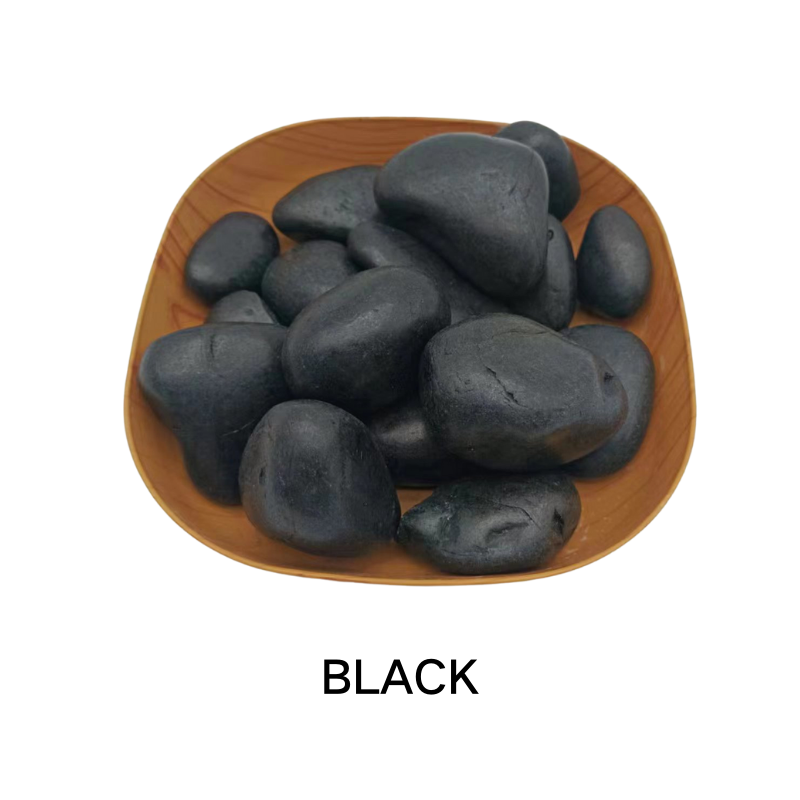
Safety Data Sheet Overview for Chemical Compound 14808 with Focus on Handling and Hazard Information
Understanding the Material Safety Data Sheet (MSDS) for 14808 Silica
The Material Safety Data Sheet (MSDS) is an essential document that provides comprehensive information about a specific chemical substance's properties, hazards, safe handling, and emergency procedures. One such substance covered by MSDS documentation is crystalline silica, specifically noted by the identifier 14808-60-7.
Overview of 14808 Silica
14808-60-7 is the chemical abstract number for crystalline silica, primarily found in quartz. This naturally occurring mineral is a fundamental component of rock, soil, and sand. Due to its widespread presence in various industries, including construction, mining, and manufacturing, understanding its properties and associated risks is critical for ensuring safety in the workplace.
Chemical Properties and Health Hazards
Crystalline silica appears as a hard, glass-like substance and is mainly composed of silicon dioxide (SiO2). While it is not chemically reactive, inhalation of respirable crystalline silica dust poses significant health risks. Prolonged exposure to silica dust can lead to serious respiratory diseases, including silicosis, lung cancer, and chronic obstructive pulmonary disease (COPD).
The MSDS for 14808 silica outlines potential health hazards associated with exposure. Acute effects may include respiratory tract irritation, while chronic exposure can lead to debilitating long-term health conditions. It is essential for workers to understand these risks and for employers to ensure a safe working environment.
Safe Handling and Exposure Limits
14808 60 7 msds

The MSDS provides guidelines for the safe handling of crystalline silica. It recommends the use of personal protective equipment (PPE) such as respirators, protective clothing, and eye protection when handling or working in environments where silica dust could be present. Additionally, the document suggests implementing engineering controls like ventilation systems to minimize dust generation and exposure.
Occupational exposure limits (OELs) set by regulatory bodies, including OSHA (Occupational Safety and Health Administration) in the United States, are also highlighted in the MSDS. These limits are crucial as they define the maximum allowable concentration of silica dust in the air to protect worker health and safety.
Emergency Procedures and First Aid Measures
In the event of accidental exposure to crystalline silica, the MSDS outlines emergency procedures that must be followed. This includes moving the affected individual to an area with fresh air, providing oxygen if necessary, and seeking medical attention if symptoms develop or persist.
First aid measures for silica exposure primarily focus on decontamination and supportive care. It is advised to remove contaminated clothing and wash the affected skin area thoroughly. Eyes that have come into contact with crystalline silica should be flushed with water for at least 15 minutes and medical evaluation should be sought.
Conclusion
The MSDS for 14808-60-7 plays a critical role in educating workers and employers about the handling and risks associated with crystalline silica. By adhering to the guidelines provided in these sheets, industries can mitigate the health risks associated with silica exposure. Regular training, proper use of PPE, and effective engineering controls are essential steps to maintain a safe work environment. As awareness and understanding of the health impacts of crystalline silica grow, the importance of MSDS documents, like that for 14808 silica, becomes increasingly apparent in promoting safety and well-being in the workplace.
Share
-
Premium Pigment Supplier Custom Solutions & Bulk OrdersNewsMay.30,2025
-
Top China Slag Fly Ash Manufacturer OEM Factory SolutionsNewsMay.30,2025
-
Natural Lava Rock & Pumice for Landscaping Durable Volcanic SolutionsNewsMay.30,2025
-
Custom Micro Silica Fume Powder Manufacturers High-Purity SolutionsNewsMay.29,2025
-
Custom Mica Powder Pigment Manufacturers Vibrant Colors & Bulk OrdersNewsMay.29,2025
-
Custom Micro Silica Fume Powder Manufacturers Premium QualityNewsMay.29,2025






